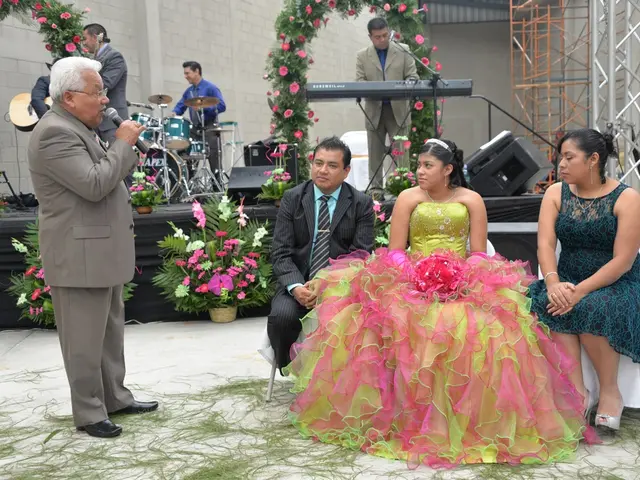AI Transformation: Remodeling 180,000 Football Players with Generative Technology by MFL
In the ever-evolving Web3 gaming landscape, the Metaverse Football League (MFL) is making waves with its innovative approach to character creation and marketing.
MFL, formerly known as the Metaverse Football League, has overhauled its entire roster of 180,000 digital footballers using generative AI. More than 100 high-end GPU pods produce base images with anatomical accuracy and regional diversity. Each of the 180,000 characters has been re-rendered with unique identities in the transition to photorealism.
The MFL leadership prioritizes usability and gameplay over immersive 3D environments as a long-term goal. The transition to photorealism aims to deepen immersion, enhance first impressions, and create a more professional aesthetic.
The generative process begins with a prompt engine that randomizes traits to create a rich variety of lifelike characters. Any image that fails initial reviews is automatically re-rendered, ensuring consistent quality without manual intervention.
Quality assurance for the re-rendered images is handled through a two-step process that combines automated checks with manual moderation. This AI pipeline handles every stage of character creation, from prompt generation to final image refinement, without relying on external AI services.
MFL has constructed a highly specialized AI pipeline composed of over 400 interconnected processing units, built using open-source tools. With an average revenue per user estimated at $270, MFL has managed to maintain profitability and efficient operations without external funding.
The current strategy for scaling visibility for MFL focuses on influencer collaborations, organic referrals, and targeted marketing campaigns. MFL emphasizes a blend of technical sophistication, creative execution, and immersive gameplay to attract and retain users without relying on speculative tokens, instead opting for NFT-based digital ownership.
This approach supports a hybrid audience of both Web2 and Web3 players while maintaining profitability and operational efficiency. MFL plans to scale visibility through these channels, integrating community-building and leveraging social proof through influencers and players’ organic engagement rather than traditional speculative token hype.
The transformation of MFL's characters from cartoonish avatars to realistic players is designed for broad reuse across promotional content, user interfaces, and potential future media formats. The gameplay framework and NFT model have helped build a loyal user base, supporting the economic sustainability alongside visibility efforts.
The MFL platform is based on a Web3 model, avoiding speculative tokens and focusing on NFT-based digital ownership. The company avoids direct association with the now less-favored term "metaverse" by using the abbreviation MFL to better position itself in the market.
The gameplay is structured around six-week seasons, with club management, player recruitment, and peer negotiations as core mechanics. MFL has set the foundation for dynamic storytelling and personalization with its new characters. A final stage enhances logos and removes image backgrounds to ensure seamless integration across MFL's platform.
With its focus on technical innovation, creative execution, and sustainable business practices, MFL is carving out a unique niche in the Web3 gaming landscape.
- Embracing technology and artificial-intelligence, the Metaverse Football League (MFL) has overhauled its digital footballers' roster with a generative AI process, which creates lifelike characters with a rich variety of traits.
- The MFL leadership's use of technology, notably artificial-intelligence and gadgets like 100 high-end GPU pods, has resulted in a photorealistic transition that deepens immersion, enhances first impressions, and creates a more professional aesthetic for characters in the Metaverse Football League.








